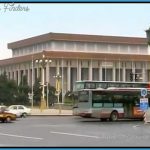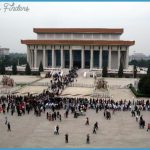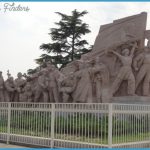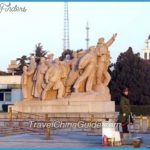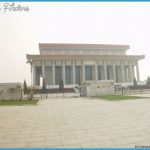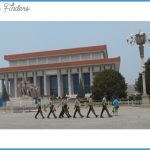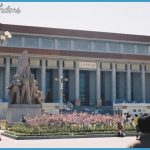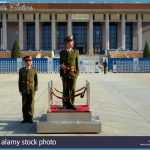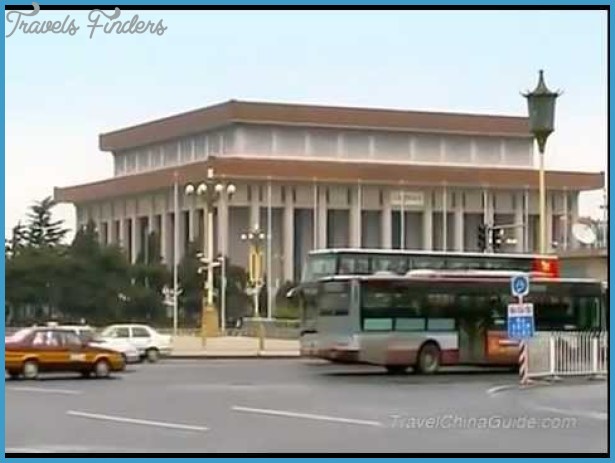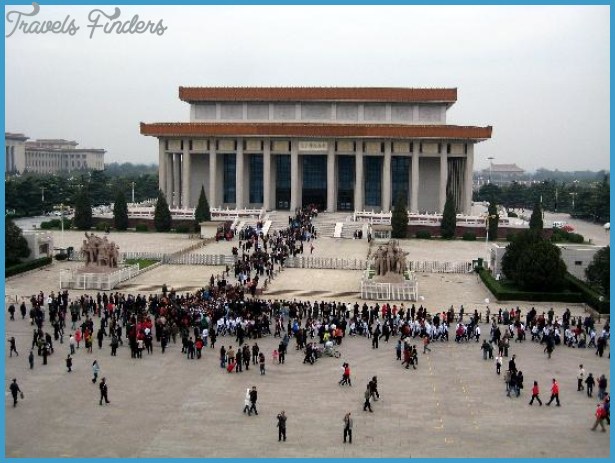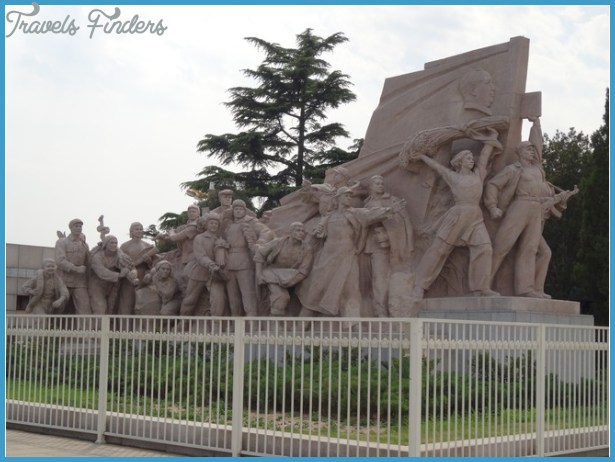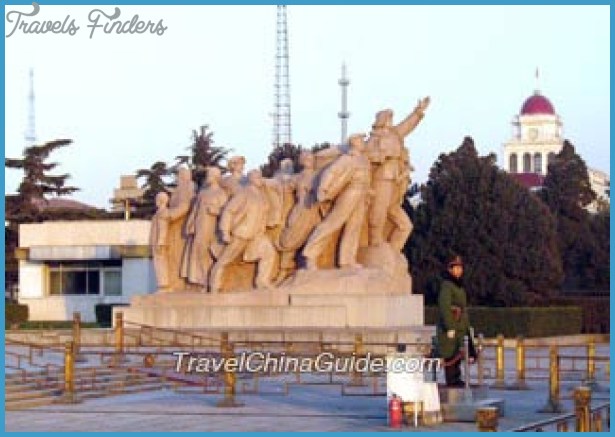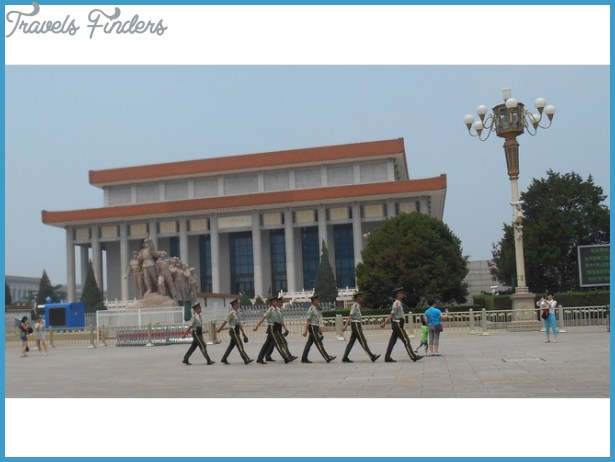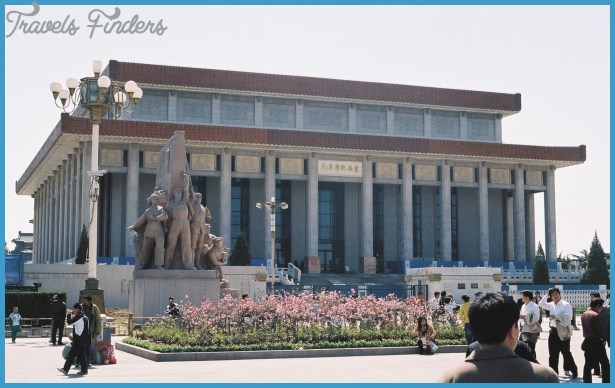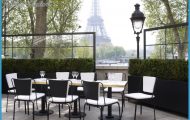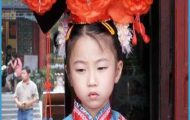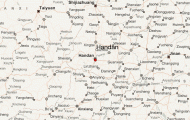The Outer Gate was situated at the south end of Tian’An Men square. It was The Outer Gate erected in 1421, and burned down in 1780 and again in 1849, and finally (Qianmen) destroyed during the Boxer Rebellion. It was one of Beijing’s nine city gates and the link between the north and south parts of the city. The structure consisted of two buildings one behind the other, connected by walls from which an inner courtyard came into being.
Imperial Palace (Gugong)
The Imperial Palace, also known as the Forbidden City is China’s largest Open and most significant building. Its origins date from the Yuan dynasty 8.30am-5pm, (1271-1368). Emperor Yongle ofthe Ming dynasty had the palace enlarged no admission to its present day size between 1406 and 1420, after he had transferred the after 4 30Pm capital from Nanking to Beijing. The palace was the residence of 24 Ming and Qing emperors. Ordinary mortals were forbidden to enter the palace.
The predominant colour of the building is crimson, which symbolises the polar star. The imperial palace reflects the cosmic order. The complex, which is built mainly of wood and brick, extends over an area of 720,OOOsq.m/861,120sq.yd. The palaces and pavilions together contain over 9000 rooms, all of which have been very well preserved. The complex is divided into two areas: an outer area, which was used for ceremonial purposes, and an inner area, which is of a private nature. The whole place is surrounded by a 10m/33ft high wall with four corner towers and a 50m/55yd wide moat. The main hall lies in the central north-south axis, flanked by many other halls to the east and west.
Meridian Gate The forbidden city can be entered at four different points: in the south (Wumen) through the Meridian Gate (Wumen), the main entrance behind the Gate of Heavenly Peace, in the north through the Gate of Spiritual Valour (Shenwu Men), in the east through the Flowering Gate of the East (Donghua Men), and in the west through the Flowering Gate of the West (Xihua Men).
The Meridian Gate is also known as the Five-Phoenix-Gate, after its five pavilions. It was built in 1420 and has been restored several times. Every year the emperor would announce the New Year here, and decide on the fate of prisoners.
Passing through the Wumen, the visitor will see five white marble bridges richly decorated with sculptures, also known as the Golden River Bridges (Jin Shui Qiao).
Three gates stand in the background. The middle gate (Gate of Supreme Harmony) is flanked by two bronze lions, symbols of imperial might.
In the enormous adjacent inner-courtyard 20,000 people assembled at great ceremonies. The imperial shops were previously housed in the side galleries, where furs, jewellery, tools and utensils, furniture, and fabric could be purchased.
The next three halls stand on a three-tiered marble terrace, which is surrounded by a marble balustrade. The middle hall was reserved exclusively for the emperor, where he would be carried in a sedan chair.
The 35m/114ft high Hall of Supreme Harmony is also known as the Throne Hall (Jinluan Dian), as it containsthe splendidly decorated guilded imperial throne. Important ceremonies took place here, such as the coronation, the imperial weddings, and the New Year celebrations. The emperors also gave audience to the imperial examination candidates here. The hall’s total area; more than 2000sq.m/2392sq.yd make it without doubt China’s largest wooden structure.
Many of the furnishings are of symbolic significance. The eighteen bronze incense burners on the terrace symbolise the eighteen provinces of the empire. The bronze tortoises and cranes represent long life; the pile of grain on the left ofthe hall, and the sundial on the right symbolise imperial justice. Inside are 24 pillars which correspond with the 24 hours of the day. These support a richly decorated coffered ceiling. The six pillars supporting the 2m/6ft high throne platform, are decorated with the gilded imperial dragon emblem.

